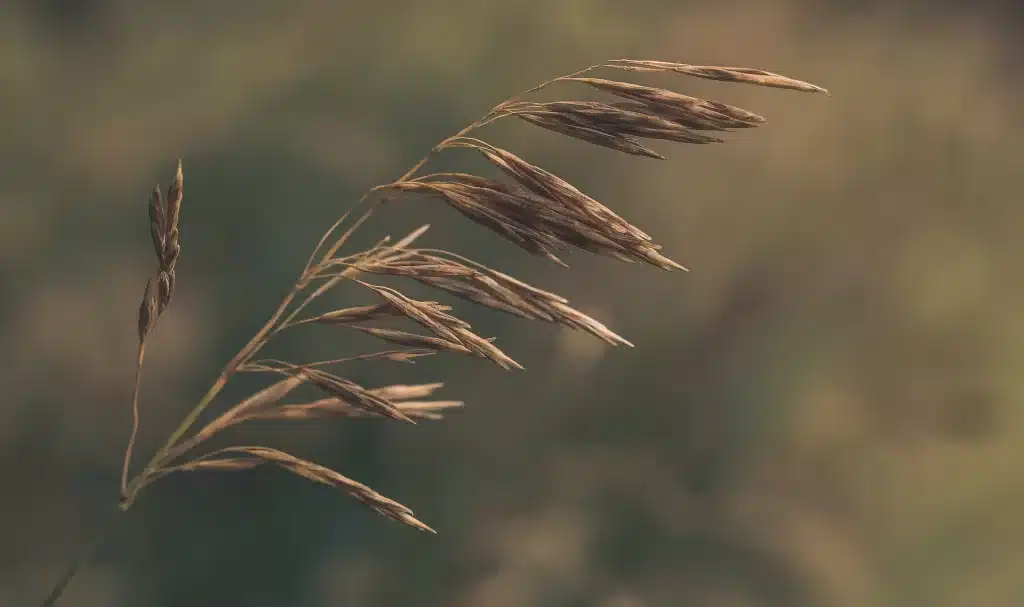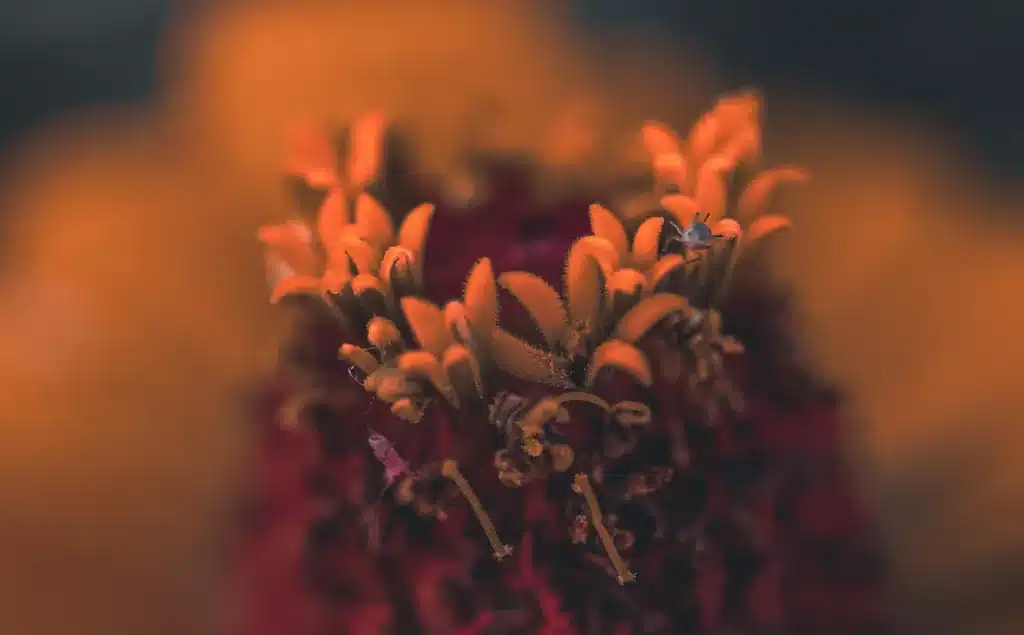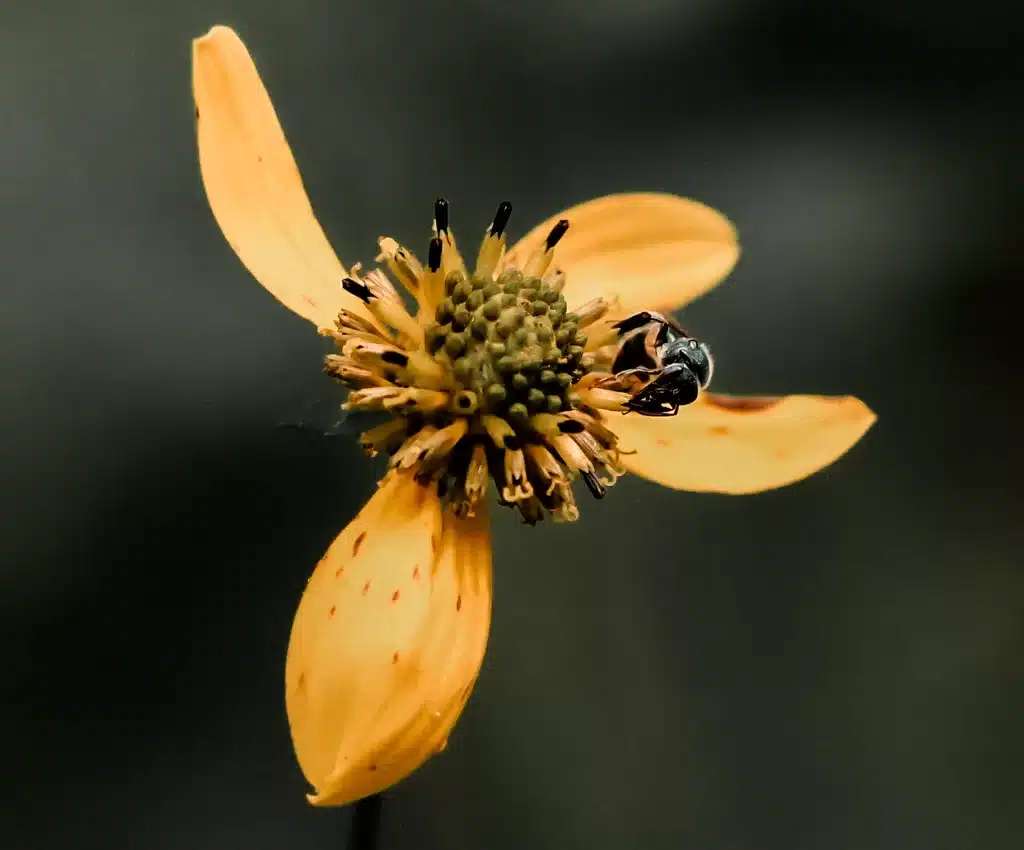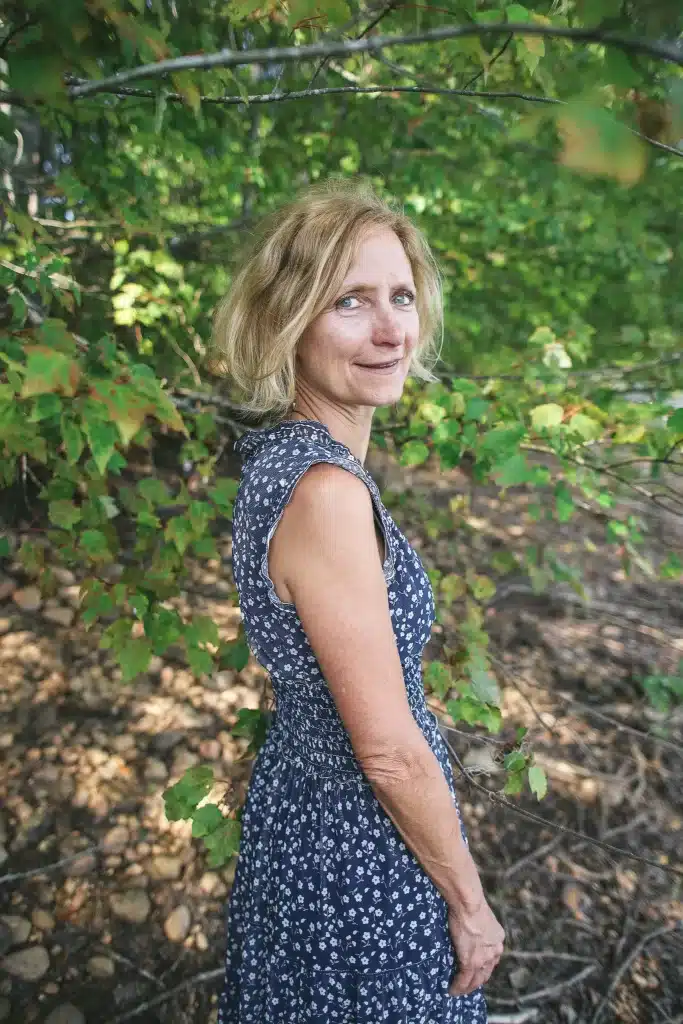By Contributing Author Angie Nasrallah

There’s been a lot of talk recently about healing the body naturally through healthy eating, prioritizing sleep, and reducing stress. These are, of course, the essential elements of maintaining a healthy body. In our culture, making healthy lifestyle choices for the body and mind can feel like paddling a heavy log against a brisk current. Processed foods tempt us from every corner. We stay up too late locked onto our screens. Our bodies are pushed beyond their coping capacities with today’s modern technologies. This is our world, it would seem. But there is one healthy lifestyle choice that gets pushed to the stream’s edge. It is so simple and for many people, it’s relatively easy. It’s free and was previously common to most people. This proven, beneficial, and accessible lifestyle choice is nature: spending intentional time outside, in the woods, or along a shoreline. The healing power of nature is the forgotten daily foundational ingredient to healthy living.
There is a plethora of research on the benefits of spending just one hour a day outside, yet most people don’t realize how critically important it is to our physical and mental well-being. Most of us have grown accustomed to sitting at laptops in our home offices or in buildings. Or we sit in vehicles multiple hours a day breathing recycled air. We shop in fluorescent-lighted big box grocery stores. We watch television from our beds or darkened entertainment centers. We don’t even mow our own yards anymore; we hire people we don’t know to bring their loud commercial equipment to our properties to manicure and landscape while we watch from our vinyl windows. We are removed from nature, from the earth. Some of us rarely touch the soil with our bare feet. And most of us don’t spend even 30 minutes a day in the woods or in our backyards intentionally connecting with the natural world around us.
How did we lose touch with the healing power of Nature?
Our forebears spent numerous hours in the sun, out in the fields, sleeping in tents, meandering trails in search of game or fishing holes, shopping outdoor markets, riding a horse to town, prepping food on the porch, or walking through a breezy woodland. These ancestors may not have lived into their 90s, but they also didn’t have the rampant degenerative disease we have today. Somewhere in the 1700 – 1800s people moved to the cities to find work in factories and businesses. A 2022 study published in Molecular Psychology found that “Increasing urbanization has been one of the recent major changes in our environment, resulting in more than half of the world’s population currently living in cities, projected to increase to 68% by 2050.” More and more people entered these cities, which grew denser and more polluted from the factory smog and the contaminated water. Forest land, too valuable and unnecessary, was developed into houses and apartments, while people were forced to recreate in crammed parks and treeless backyards. Growing our own food became impossible in the cities so we relied on others to do it for us. Then, seeing the opportunity for large profits, corporations fed us with genetically modified, sugar-laden, and industrial seed oil-permeated foods. Streetlights, interstate noise, residential blowers, trash, car exhaust, and smog became second nature.
Then we woke up one day and realized how unhealthy and miserable we were. We were overweight, out of shape, caffeine revved, anxious, diseased, and exhausted. Yet, we know from countless studies and anecdotal evidence that the contaminated air and water in our cities can lead to disease. Today, even if we aren’t living near a factory or a highway, we know that collective pollution can lead to additional stress and disease. Another study just recently published in Environment International concluded that a “higher incidence of Isometric Stroke was observed in relation to long-term exposures to air pollution… in a region that meets European health-based air quality standards.” The study found that exposure to ambient air pollution, even in areas where there is green space access, can contribute to systemic inflammation and atherosclerosis which is a key trigger in isometric stroke. This study is just one of many. We must seek available forests that are removed from urban pollutants in order to tap into the healing power of nature.
Why is spending time outside in nature important?
What can we do to turn this around? Innately, as humans, we know that it feels good to be outside. Children love to be outside playing, unencumbered, rolling in the grass, and digging in the dirt. We bring the outdoors inside with plants, fish tanks, and rainforest sounds playing through our Spotify playlists. On weekends, we may take a country drive or a walk in the woods. It turns out that being in nature not only feels good but is vital to our health. The “How Nature Nurtures” study by Sudimac and Kuhn, mentioned earlier, found that:
“a growing body of empirical research has demonstrated the cognitive and affective benefits of exposure to natural environments. Spending time in nature can improve working memory capacity, restore directed attention as well as reduce negative emotions and stress.”
In this study, they measured the brain activity before and after of 63 healthy adults who spent an hour walking in the woods vs. an hour walking in an urban setting. Their research discovered that “the amygdala activation decreases after the walk in nature, whereas it remains stable after the walk in an urban environment. These results suggest that going for a walk in nature can have salutogenic effects on stress-related brain regions, and consequently, may act as a preventive measure against mental strain and potential disease.” It turns out that tapping into the healing power of nature is an important restorative and preventative health measure. Who knew?


How to access the healing power of nature?
To heal ourselves from this stressful world, to prevent disease, and to live more wholly fulfilled lives, we need to spend intentional time outdoors. We need to go outside, not to work, but to observe. We need to see and experience the seasons in our backyards and nearby forests. We need to breathe in the air along a stream or a shoreline. We need to take picnics in a grassy field. There are many ways to adopt a more nature–focused lifestyle.
1. Set aside an hour each day to spend outside in nature.
This may seem like a tall order; one hour can seem like an eternity when it’s cold or when we are in a hurry. But that’s the point. We need to slow down to allow the sounds of birds and the rustling of leaves to heal our bodies. Out in nature we can pray, sketch, photograph, identify a wildflower, hunt for animal tracks, collect acorns, listen to the wind, look at the clouds. There are infinite ways to enjoy the healing power of nature. There will be days when you won’t be able to get outside, or you will only get 30 minutes in. That’s okay. At least we are striving and, Lord willing, there’s always tomorrow to try again. Perhaps some days you will be out there for 1 ½ hours and it will even out. The most important thing is that you are forming a habit of spending time in nature. I will be writing in this space about simple ways you can connect with nature every day.
2. Take your shoes off.
This may seem a little silly, but there are a lot of reasons to try this. One, we city-dwellers spend a lot of time in our shoes, and we need to build up strength in our ankles. Being on uneven surfaces outdoors improves balance and strength so that you can continue to walk outside in nature. Two, feeling the grass or the soil on your feet is a way to reconnect with the earth as our ancestors did who spent most of their time in bare feet, moccasins, or sandals. It is healthy to walk, even for just a few minutes, in the sand or across the yard in your bare feet. Feel the sand between your toes. Crunch the leaves beneath your feet. Feel the coolness of the grass. These sensations are healthy for mind and body.
3. When you are outside, be intentional.
While outdoor sports and working outside are excellent, vigorous activities, it is important to have passive time to access the healing power of nature. This means leaving your phone inside, having on proper attire for the weather, having a destination or purpose in your meanderings, and opening your senses to take in what’s around you. Take time to get to know the trees in your yard. How many are there? If there are none, can you plant one or more? What is happening in the creek near you? Is there a spider weaving a web near your back door? What bugs are seasonal around you? Do you live along a bird migration path? Are deer in your yard? If so, what are you noticing about them this time of year? Do you have an herb garden to inspect? If not, can you plant one? How does water make its way through your yard or neighborhood? There is so much to observe and experience when we take the time to linger and inquire in the forest. National Geographic terms this idea of spending intentional time outside as forest bathing or, as the Japanese call it, shinrin-yoku. In forest bathing, you are taking in the “atmosphere of the forest” as a remedy to our modern tech-oriented world by lingering and being in the woods.
4. If you live in a small space with no yard, find greenspace.
It is important to get outside. If you live deep in an urban setting, you will have to make more of an effort to spend time in nature. It’s worth it. Your efforts will pay off with a healthier body and mind. Look around you. Where do you see parks and rivers or creeks? Go there and explore. Sometimes, just an open field or empty lot can provide many hours of exploration and enjoyment. You may have to take a drive. Do you have a large park or greenspace area nearby? Sometimes, a ballpark or soccer fields will provide forested areas to walk and roam.
Much of the walking we do in our area is along sewer easements which provide hours of exploration along creeks, under culverts, along game trails, and behind other houses. There is an entire world living in that easement space that we’ve come to know very well over our years in this house. It is filled with deer, raccoon, squirrels, owls, hawks, fish, poison ivy, flotsam, and jetsam along the creek, trees in all stages of growth and decline, flowers and weeds. Even though it is a city-owned sewer space, it is green and generally healthy. It is public and free for us to use. The nature here has nurtured us.
Connecting with the healing power of nature is restorative to the body, mind, and soul. Not only does research show this, but we know it innately from our childhood. For some, spending time outdoors in nature is merely a dream in our daily, scurried lives. And for others, so much emphasis has been placed on healthy eating and sleeping that they’ve forgotten about the importance of breathing fresh air and walking among the trees to calm the mind. Spending time in nature requires our attention and must be intentional. It takes effort and time. It means we need to take a break from our phones, laptops, and televisions. It may mean that we don’t work as much. It is the medicine we need though. And if we make a daily habit of allowing nature to nurture us, we may just increase our ability to cope better with the stressors and diseases of our modern world.

Contributing Author, Angie Nasrallah
Angie is a writer, hybrid educator, and mother of five who loves to spend her time in nature. Her passion for beauty and the outdoors is what inspires her contributions to Through the Wildwood, her daughter’s blog. From her writing, you will be inspired to get outside, slow down, notice beauty, and create something with your hands.
Leave a Reply